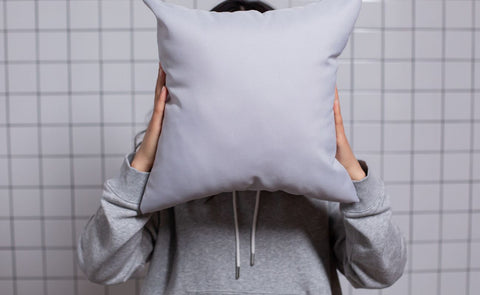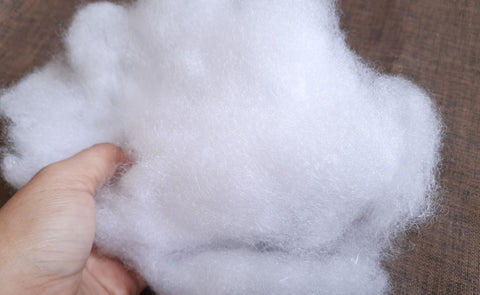You spend roughly a third of your life with your face buried in a pillow. In those quiet hours, sweat, skin cells, saliva, and microscopic mites accumulate, turning that soft cloud into a thriving ecosystem that can sabotage your sleep and your health. A neglected pillow can trigger allergies, worsen acne, inflame asthma, and even strain your neck because the filling compresses unevenly over time. Maintaining pillow hygiene is, therefore, a simple yet powerful way to protect your skin, breathing, posture, and overall rest.
What’s Really Lurking Inside Your Pillow?
Even if your pillow looks pristine, the filling hides:
-
Dust mites that feast on shed skin and leave allergy-inducing droppings.
-
Dead skin cells—you shed up to 1.5 grams nightly.
-
Sweat and oils that create yellow stains and odors.
-
Fungal spores and bacteria that thrive in warm, humid fibers.
Over months, these passengers can make the pillow up to half its original weight—enough to keep any sleep-lover awake.
How Often Should You Clean and Replace Your Pillow?
Most sleep specialists recommend washing pillows every three to six months to keep allergens and bacteria in check. If you suffer from allergies or night sweats, aim for every two to three months.
Replacement is just as vital. Natural wear flattens fibers, reduces support, and locks in grime. Swap synthetic or down pillows every 18 months to two years, and memory-foam pillows every two to three years. When in doubt, fold the pillow in half—if it stays folded, it’s past its prime.
The Step-By-Step Pillow-Cleaning Routine
-
Check the care label. Most synthetic, feather, and down pillows can handle a machine wash; foam usually needs spot cleaning.
-
Pre-treat stains. Dab diluted detergent on yellow patches and let it sit for ten minutes.
-
Balance the load. Wash two pillows together or add towels so the washer spins evenly.
-
Select gentle settings. Warm water, a mild liquid detergent, and an extra rinse ensure a residue-free clean.
-
Thorough drying. Tumble-dry on low with dryer balls (or clean tennis balls) until the core feels completely dry. Damp filling invites mildew.
-
Air out. Finish by airing the pillow in sunlight for a natural bacteria-busting boost.
Speedy Between-Wash Refresh Hacks
-
Sunbathe for an hour. UV rays neutralize odors and bacteria.
-
Baking-soda sprinkle. Dust, wait 30 minutes, then vacuum.
-
Essential-oil mist. Lightly spritz with diluted tea-tree or lavender oil and air-dry.
-
Flip and fluff nightly. Redistribute fill and reduce moisture buildup.
Upgrade Your Defenses: Pillow Protectors & Cases
A high-quality, zippered protector creates a barrier against sweat, skin, and mites, dramatically extending pillow life. Opt for breathable cotton or cooling TENCEL® fabrics rather than plastic-coated protectors that trap heat. Layer a removable protector beneath your regular pillowcase and wash it every week alongside your sheets.
Signs It’s Time to Retire Your Pillow
-
You wake with neck or shoulder stiffness.
-
The pillow holds a fold or feels lumpy.
-
Visible yellow or brown stains remain after washing.
-
It emits a musty odour that returns quickly post-wash.
-
Allergy or asthma symptoms improve when you travel (and use a different pillow).
Build a Simple Pillow-Hygiene Habit
-
Mark your calendar. Schedule wash days at the change of each season.
-
Keep a spare set. Rotate two pillows so one can dry thoroughly.
-
Store smart. If you stash extra pillows, seal them in breathable cotton bags, not airtight plastic.
-
Pair with fresh bedding. Clean pillows work best with weekly-washed cases and sheets.
-
Mind the bedroom climate. Maintain humidity below 50 percent and ventilate daily to deter dust mites.
Sleep Easy With a Cleaner Pillow
You don’t need fancy gadgets or elaborate routines—just consistent care. By washing your pillow every few months, protecting it nightly, and replacing it when it loses shape, you safeguard your skin, sinuses, and spine while unlocking deeper, uninterrupted sleep. Give your pillow the attention it deserves, and you’ll wake up each morning feeling truly refreshed—proof that small hygiene habits deliver big bedtime rewards.



